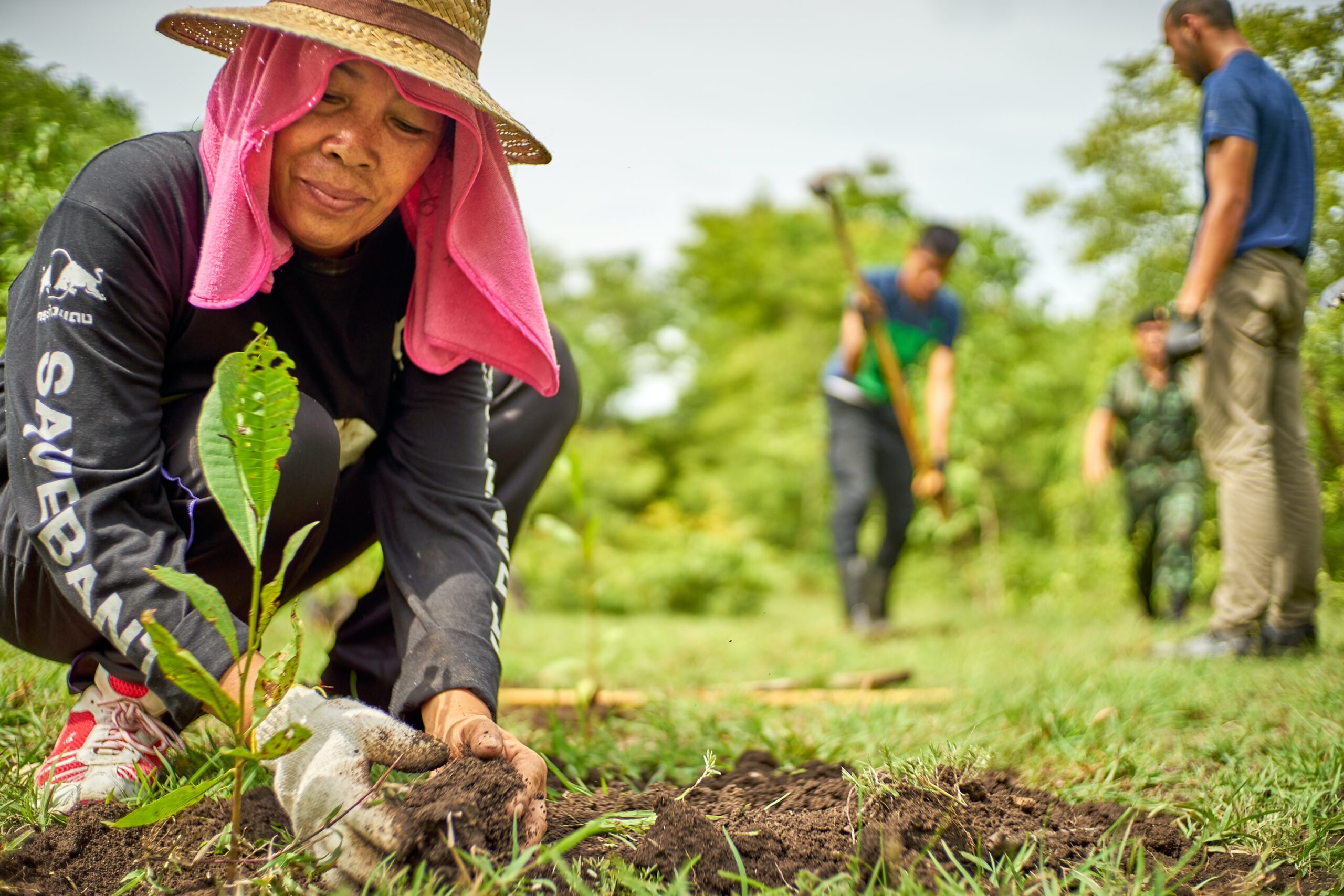Urban green spaces (UGSs) may present economic contributions through increases in proximate property values, encapsulated in the proximity principle (PP). More data on the PP is required from the Global South, where the quality and equitable distribution of UGSs are important considerations. This paper investigates the PP in Potchefstroom, South Africa following a quantitative approach, by statistically analyzing municipal property valuations in three districts differentiated according to their socioeconomic status (SES). Districts are divided into sample areas where three zones are demarcated according to their proximity to a UGS. The results show that property valuations are generally higher for properties in closer proximity to UGSs in lower- and higher-income samples, but are lower in middle-income areas. Neighborhood characteristics and SES, UGS amenity and maintenance, ecosystem services and disservices, domestic garden area, and residential property size may be connected to the confirmation or rejection of the PP. The rejection of the PP in middle-income areas indicates a need to improve public UGSs as amenity destinations. The results confirming the PP in low-income areas could incentivize expenditures to improve UGS area and quality to increase the willingness to pay for proximity to such spaces and, reciprocally, increase revenue from municipal property taxes.





































































































































































































































































































































































































































































































































































































































































































































































































































































































































































































































